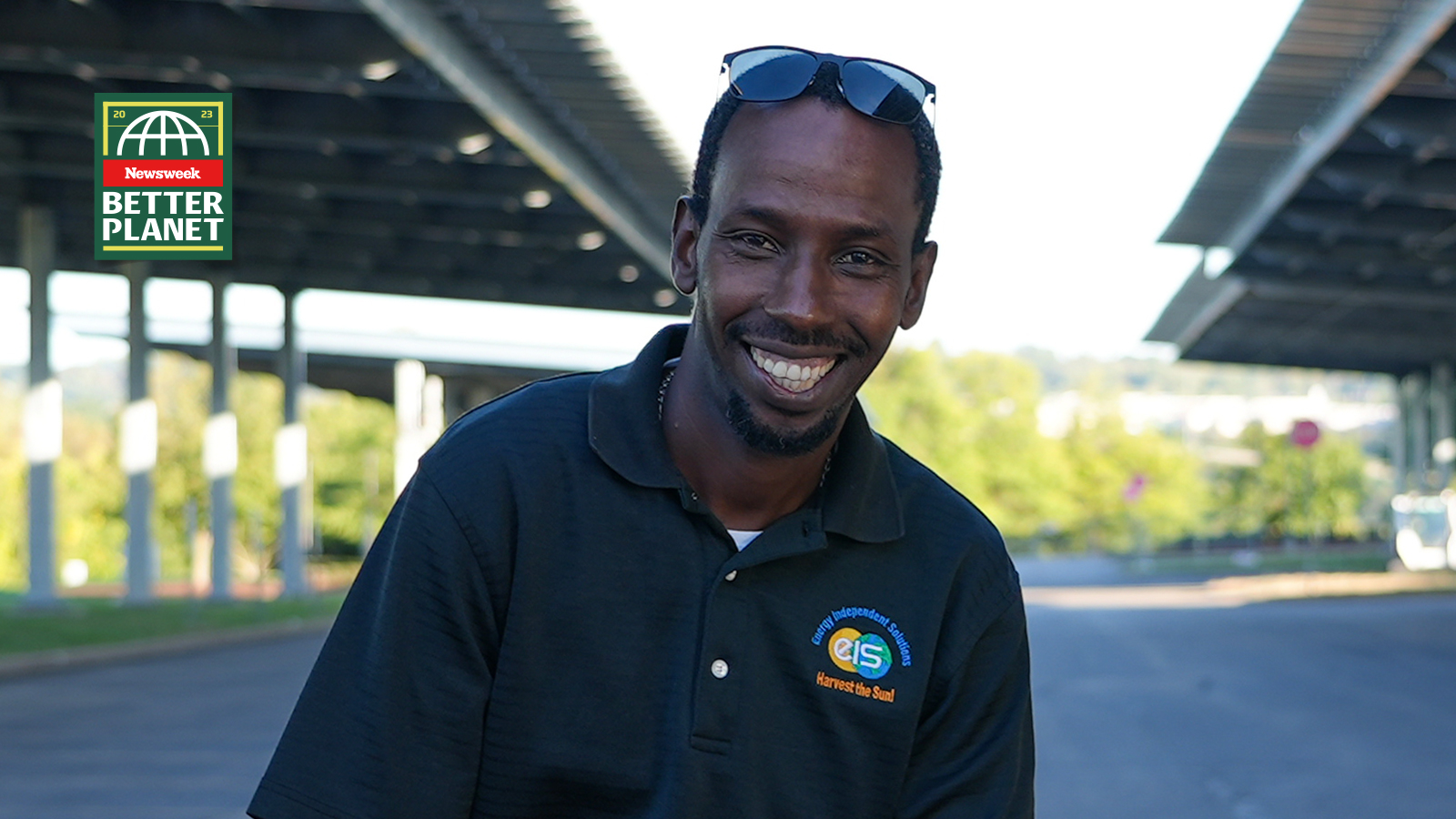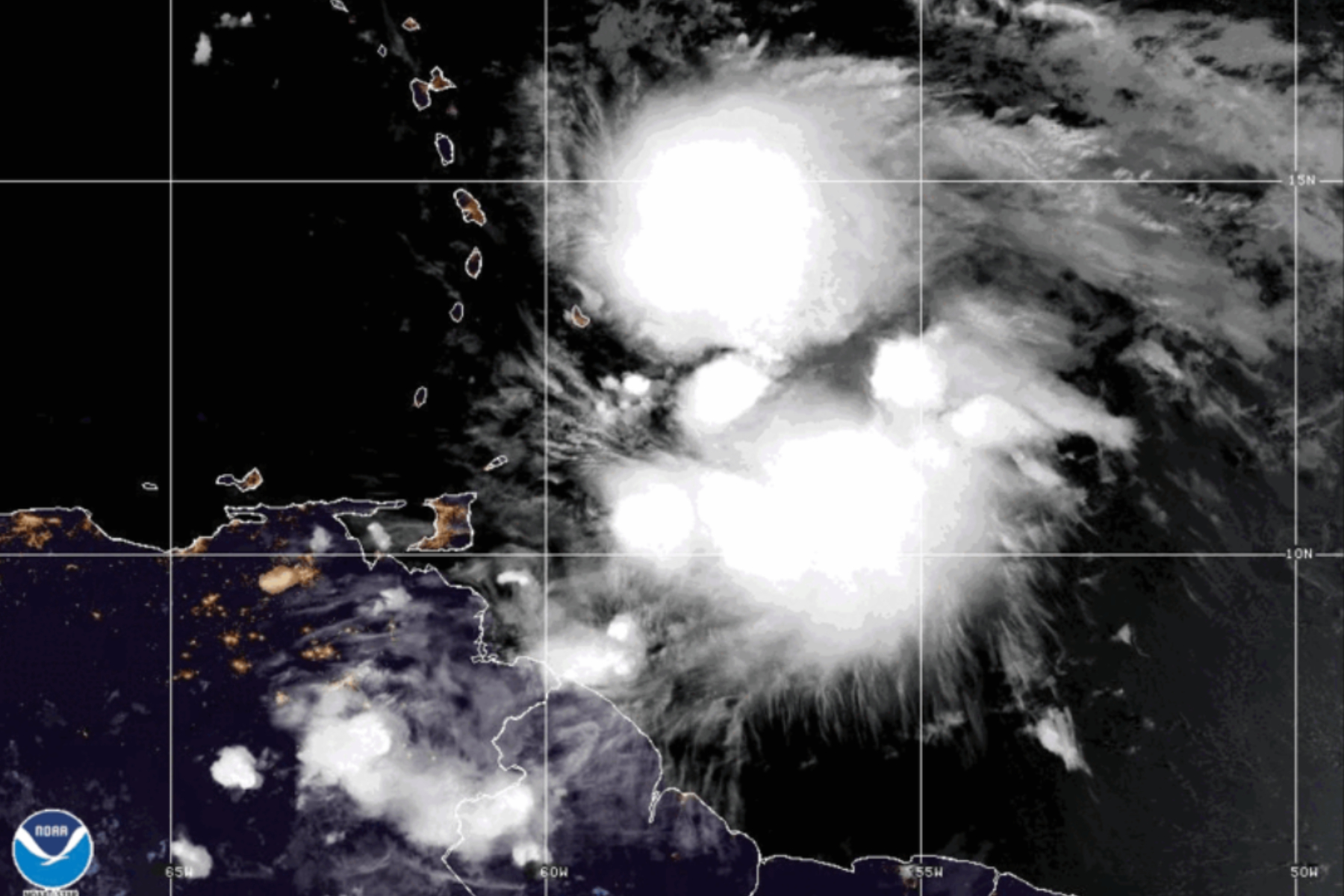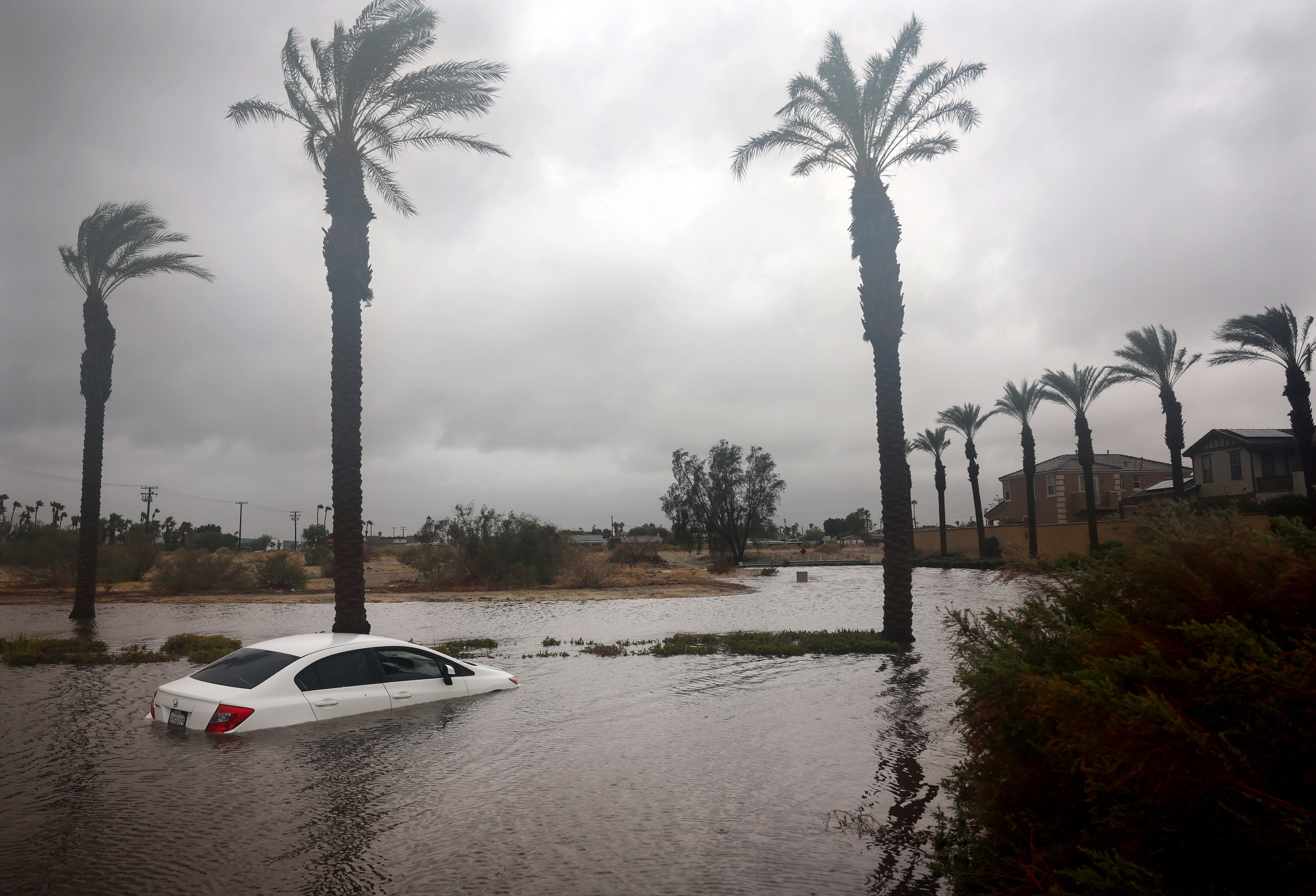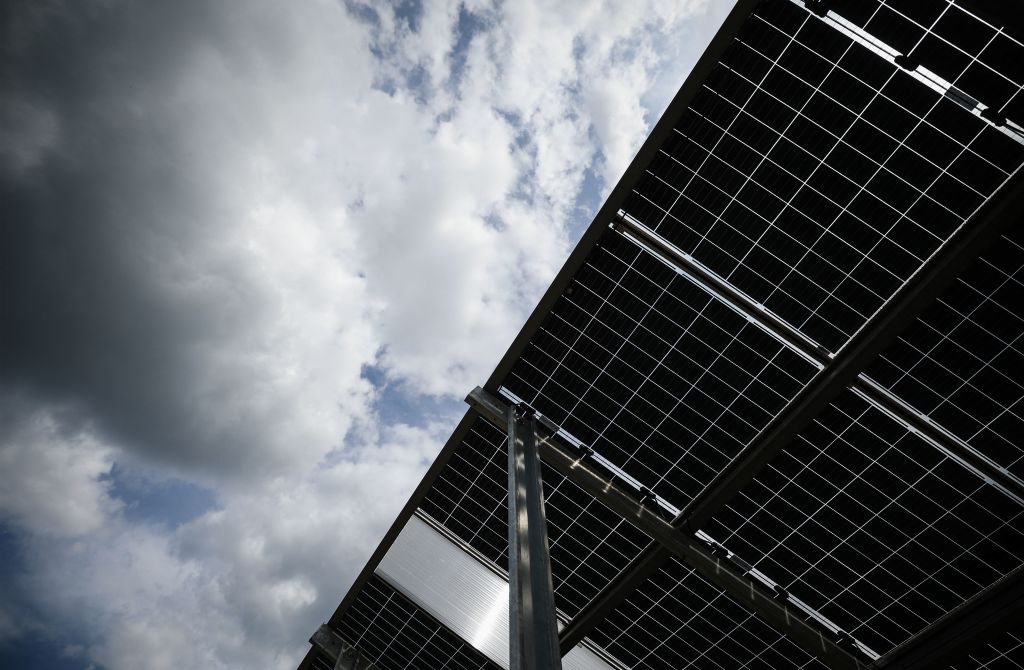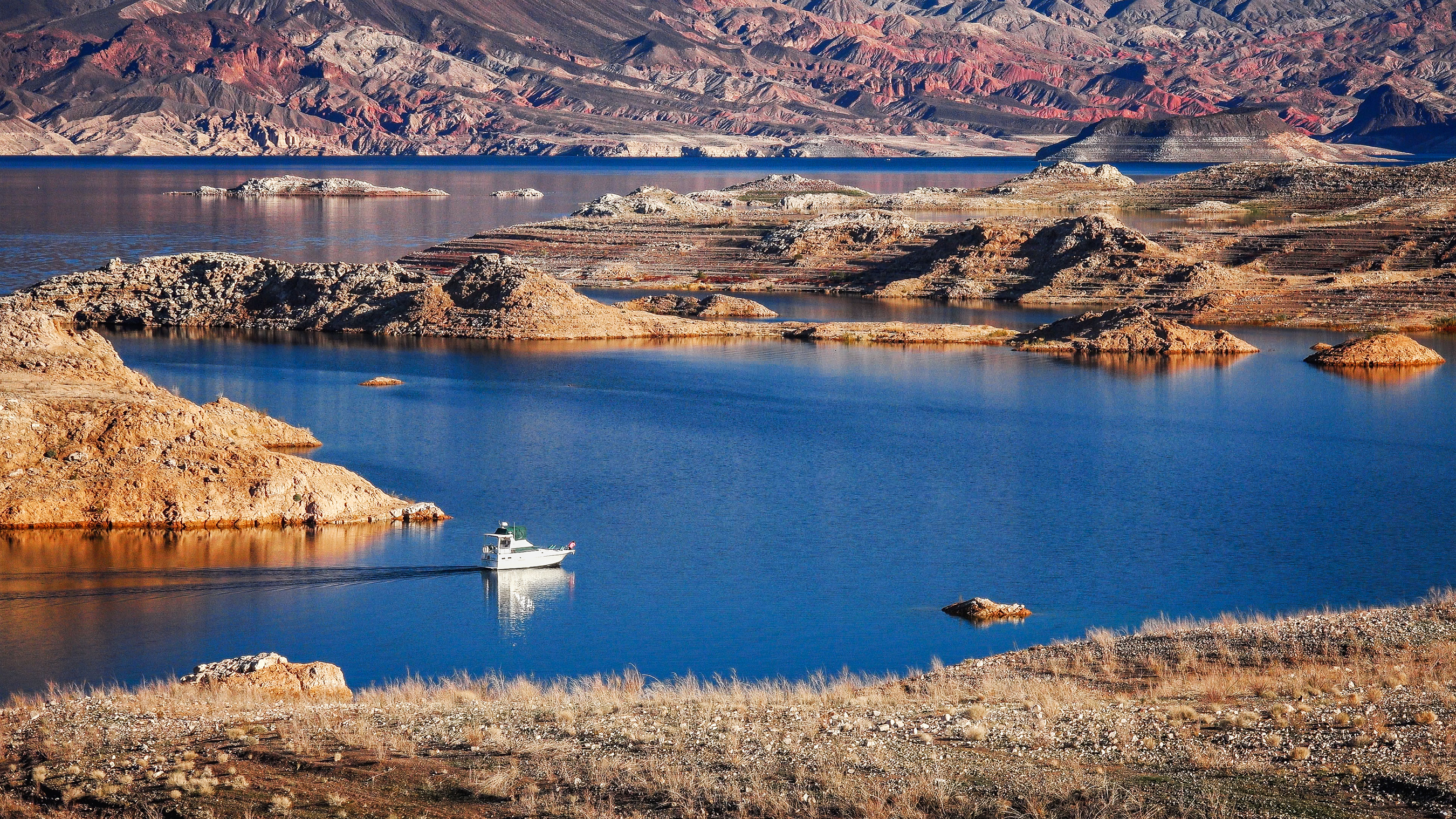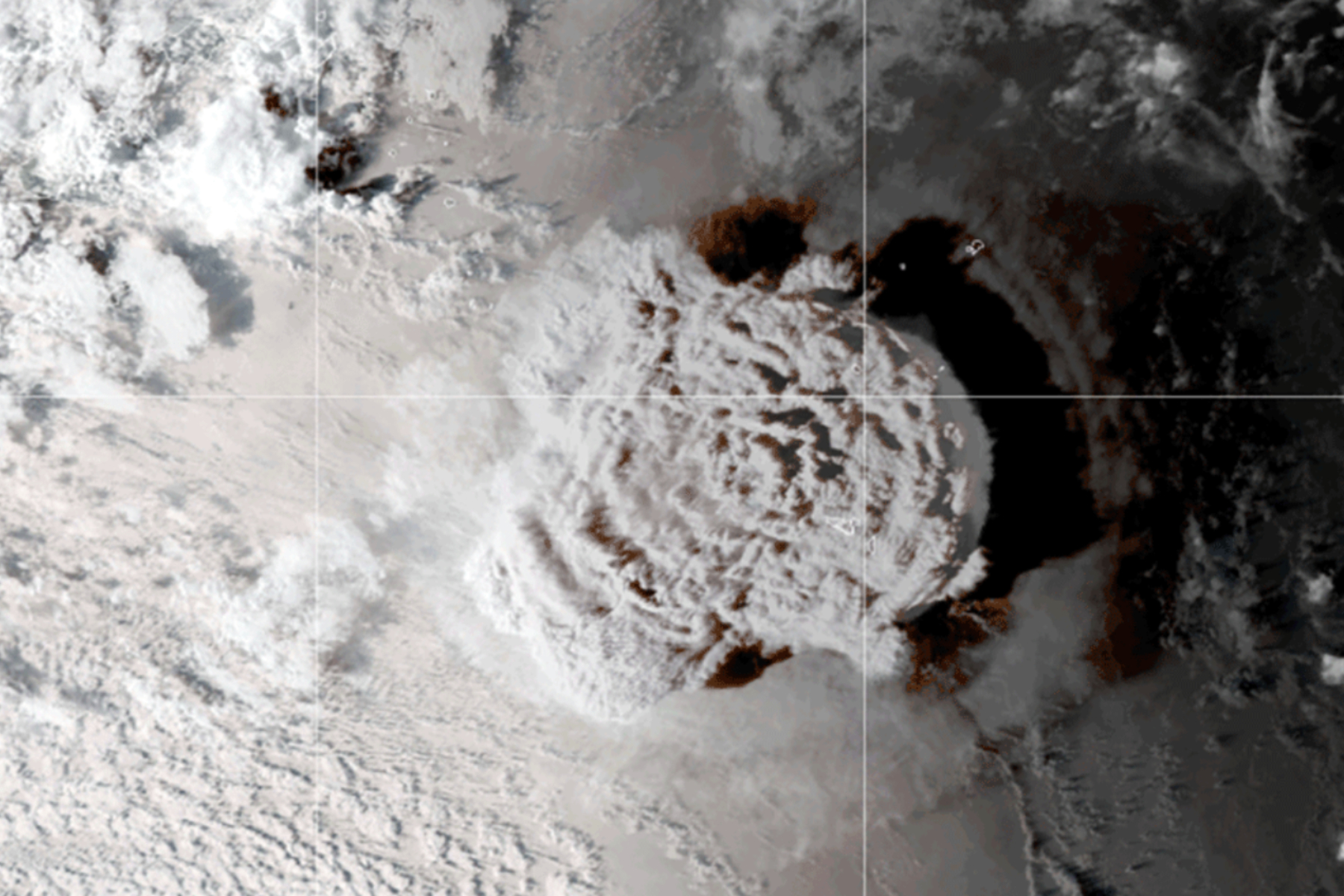When Richard Tumushime drives his family around his adopted hometown of Pittsburgh, he often passes the many solar arrays he’s helped to install. Projects he’s worked on include major business parks, such as the Fed Ex Ground Corporate Headquarters, and some of the city’s iconic public spaces, like the grand Phipps Conservatory and Frick Park.
“The kids say, ‘Hey, my dad put up those solar units,'” he told Newsweek in a recent telephone interview, with an unmistakable note of pride.
Tumushime said he has tried to learn every aspect of the solar business while installing rooftop panels on homes, ground-mounted units in corporate parks and setting up the battery storage units and electrical systems he now manages for the solar company Energy Independent Solutions.
“I wanted to know all the ins and outs of solar, I love it,” he said.
His own home runs on solar power. He said he enjoys watching the electric meter run backwards when the panels on his house pump power back into the grid, covering his electricity costs in summer and earning him credit for when he’ll need to draw more power in winter.
Tumushime, 40, recently marked 10 years in the solar industry and 15 years in the U.S. In his mid-20s, he left his home country, Rwanda, to study electrical engineering at La Roche University in Pittsburgh. He fell in love with both the city and the woman he would marry, Colleen Moran, and they are now parents to three daughters.
Meanwhile, his work in renewable energy is gaining notice. The climate solutions nonprofit Project Drawdown featured him in its “Drawdown’s Neighborhood” profile series, highlighting people involved in community-level work to address climate change.
Tumushime’s professional life is a classic American success story and a part of Pittsburgh’s ongoing transformation from one of America’s most polluted cities to a green energy leader. In his private life, he’s also contributing to the transformation of his native country, which is still healing from the scars from a genocidal civil war nearly 30 years ago.
Renewables in Rwanda
Tumushime was just a boy when ethnic violence swept Rwanda in 1994, leaving an estimated 800,000 people dead.
“I tell people there is no way someone can describe that. It’s very hard to understand what went on in Rwanda,” he said of that horrible period. People there are still working to find ways to reconcile the past, he said. “One of the things that helps us to move forward is to say, ‘How can you forgive your neighbor and to live together?'”
His mother and brothers still live in Rwanda, and he said he visits the country each year, usually around Christmas. Before a trip, he would fill suitcases with thrift store clothes, shoes and other supplies to take to the village of Zaza in eastern Rwanda, where his mother grew up.
In 2012, Tumushime and Moran, a social worker with a degree in sociology and psychology, started a nonprofit called The Bridge to Hope to contribute more to Zaza’s development. The all-volunteer effort now supports small-scale, direct programs for education, health and job training.
One of the group’s projects brings solar-powered lighting to the rural village, which lacks electricity.
“We started a campaign to get those lights into the village because the kids, they wanted to do their homework and couldn’t do the homework because there’s no light,” he said.
A 2019 report by the United Nations Food and Agriculture Organization estimates that about 80 percent of rural Rwandan households rely on firewood or other biomass for cooking fuel, heat and light.
In Zaza, Tumushime said, children were often using paraffin wax candles.
“The smoke is really dangerous, it comes out like a black smoke,” he said. “In the long run, it’s affecting their lungs.”
The World Health Organization estimates that indoor air pollution from wood fires and dirty stoves fueled by kerosene or coal is responsible for 3.2 million deaths per year globally, including some 237,000 deaths among children. Renewable energy could help reduce that toll and cut the demand for firewood and charcoal, lessening the pressure that contributes to deforestation.
The Bridge to Hope got a discount on rechargeable solar lamps from the company MPOWERD and delivered about 200 of them to Zaza, where Tumushime demonstrated their operation for people.
“You put them outside during the day and those lights can work for 24 hours,” Tumushime said. The next solar project for the group is a solar-powered pump on a village water well.
Solar and other renewable energy sources hold great promise for developing nations like Rwanda. Distributed energy and microgrids possible with renewable energy sources can bring electricity to rural areas without the need for large-scale electrical grids and long-distance power transmission lines that can require tremendous cost and years of construction. The Rwandan government’s development goals call for those types of off-grid electricity solutions to bring power to roughly half of the country’s 14 million residents.
Rust Belt Reinvention
Tumushime’s time in Pittsburgh coincides with the city’s own evolution from a center of industrial might to a new hub of clean energy innovation. Just a couple of generations ago, Pittsburgh’s steel mills formed its economic base and cultural identity. But pollution also darkened the skies above the city’s three river valleys and poisoned the lungs of many living there.
The nearby Monongahela River town of Donora suffered one of the deadliest air pollution events in American history 75 years ago this month. In late October 1948, toxic emissions from a metals plant that became trapped in the valley sickened thousands of people and killed at least 20, sparking research into the health effects of air pollution. A museum in Donora calls the town the “place where clean air began.”
When globalization and automation gutted the region’s steel industry in the 1970s and 1980s, Pittsburgh was forced to rethink its local economy. Through investing in infrastructure and education and leveraging the strength of its universities and research institutions, the city has become a thriving model of Rust Belt reinvention.
By the time Pittsburgh hosted last year’s Global Clean Energy Action Forum, a gathering of international leaders in renewable energy, the city and its surrounding counties boasted more than 17,000 clean energy jobs.
One of those jobs is Tumushime’s, though it’s clear he views it as more than just a job.
“Every day you’re working on someone’s roof or business, I feel like you’re making the world a better place,” he said.

